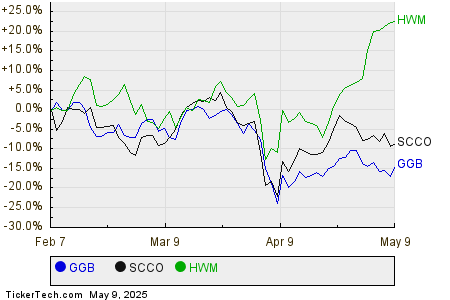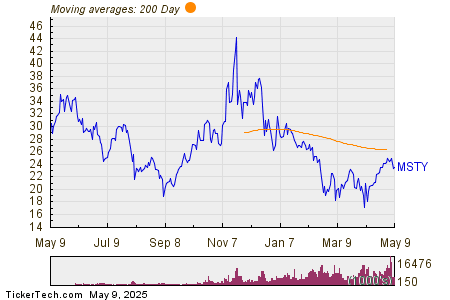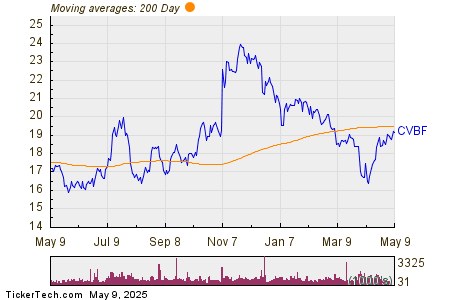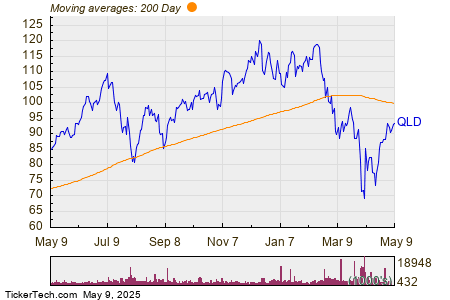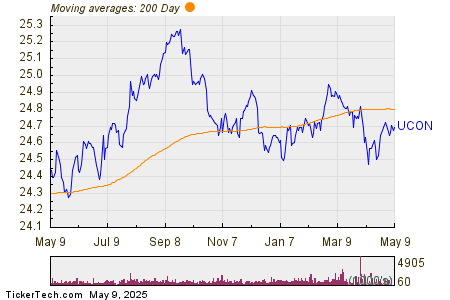Sugar Prices Rise Amid Reports of Global Production Decline
On Tuesday, May NY world sugar #11 (SBK25) closed up +0.25 (+1.30%), while May London ICE white sugar #5 (SWK25) rose +2.30 (+0.42%).
Sugar prices recovered from one-week lows on Tuesday, settling moderately higher due to a declining dollar index (DXY00), which triggered short covering in sugar futures. Over the past two weeks, sugar prices have rallied significantly, with NY sugar reaching a one-month high last Tuesday and London sugar climbing to a four-month high, driven by signs of lower global sugar production.
Commodity Bulletin:
According to Unica, cumulative production of sugar in Brazil’s Center-South for 2024/25 through February fell by 5.6% year-on-year, totaling 39.822 million metric tons (MMT). Additionally, the Indian Sugar and Bio-energy Manufacturers Association reduced India’s sugar production forecast for 2024/25 to 26.4 MMT from 27.27 MMT, citing declining cane yields.
The International Sugar Organization (ISO) revised its 2024/25 global sugar deficit forecast to -4.88 MMT, up from a previously estimated -2.51 MMT in November. This adjustment indicates a tightening market compared to the 2023/24 global sugar surplus of 1.31 MMT. Furthermore, the ISO lowered its estimate for global sugar production in 2024/25 to 175.5 MMT, down from 179.1 MMT in November. Conversely, Green Pool Commodity Specialists expect a shift to a global sugar surplus of +2.7 MMT in the 2025/26 crop year, following an earlier deficit forecast of -3.7 MMT for 2024/25.
On the bearish side, Datagro, a consulting firm, projected on March 12 that Brazil’s Center-South sugar production could increase by 6% year-on-year to 42.4 MMT in 2025/26. Sugar trader Czarnikow anticipates Brazil’s 2025/26 sugar production to reach a record high of 43.6 MMT, as producing sugar is currently more lucrative than ethanol.
In addition, the Indian government announced on January 20 that it would permit sugar mills to export 1 MMT of sugar this season, easing the restrictions placed on sugar exports in 2023. Since October 2023, India had imposed limits on sugar exports to maintain sufficient domestic supplies. Last season, India allowed exports of only 6.1 MMT, significantly lower than the record 11.1 MMT exported the previous year. However, the Indian Sugar Mills Association (ISMA) projects that India’s sugar production will drop by 17.5% year-on-year to 26.4 MMT, marking a five-year low.
Looking at the Thai market, the projection for increased sugar production in Thailand poses another bearish factor for prices. Thailand’s Office of the Cane and Sugar Board recently estimated a jump of +18% year-on-year in sugar production for 2024/25, reaching 10.35 MMT. For context, Thailand produced 8.77 MMT of sugar in the 2023/24 season ending in April. As one of the world’s top sugar producers, Thailand plays a crucial role in the global sugar supply chain.
Last year’s severe drought and excessive heat caused significant damage to sugar crops in Brazil’s main sugar-producing region, São Paulo. Green Pool Commodity Specialists reported that as much as 5 MMT of sugar cane may have been lost due to these adverse conditions. Brazil’s government crop forecasting agency, Conab, subsequently revised its 2024/25 sugar production estimate down from 46 MMT to 44 MMT, attributing this adjustment to negative impacts on sugarcane yields.
In its biannual report published on November 21, the USDA projected that global sugar production for 2024/25 would increase by 1.5% year-on-year, reaching a record 186.619 MMT. Additionally, global sugar consumption is expected to rise by 1.2% year-on-year to a new high of 179.63 MMT. The USDA also forecasts a 6.1% decrease in global sugar ending stocks year-on-year, estimating them at 45.427 MMT.
On the publication date, Rich Asplund did not hold any positions in the securities mentioned in this article. All information and data provided herein are for informational purposes only. For further details, please refer to the Barchart Disclosure Policy.
More news from Barchart
The views and opinions expressed herein are those of the author and do not necessarily reflect those of Nasdaq, Inc.
